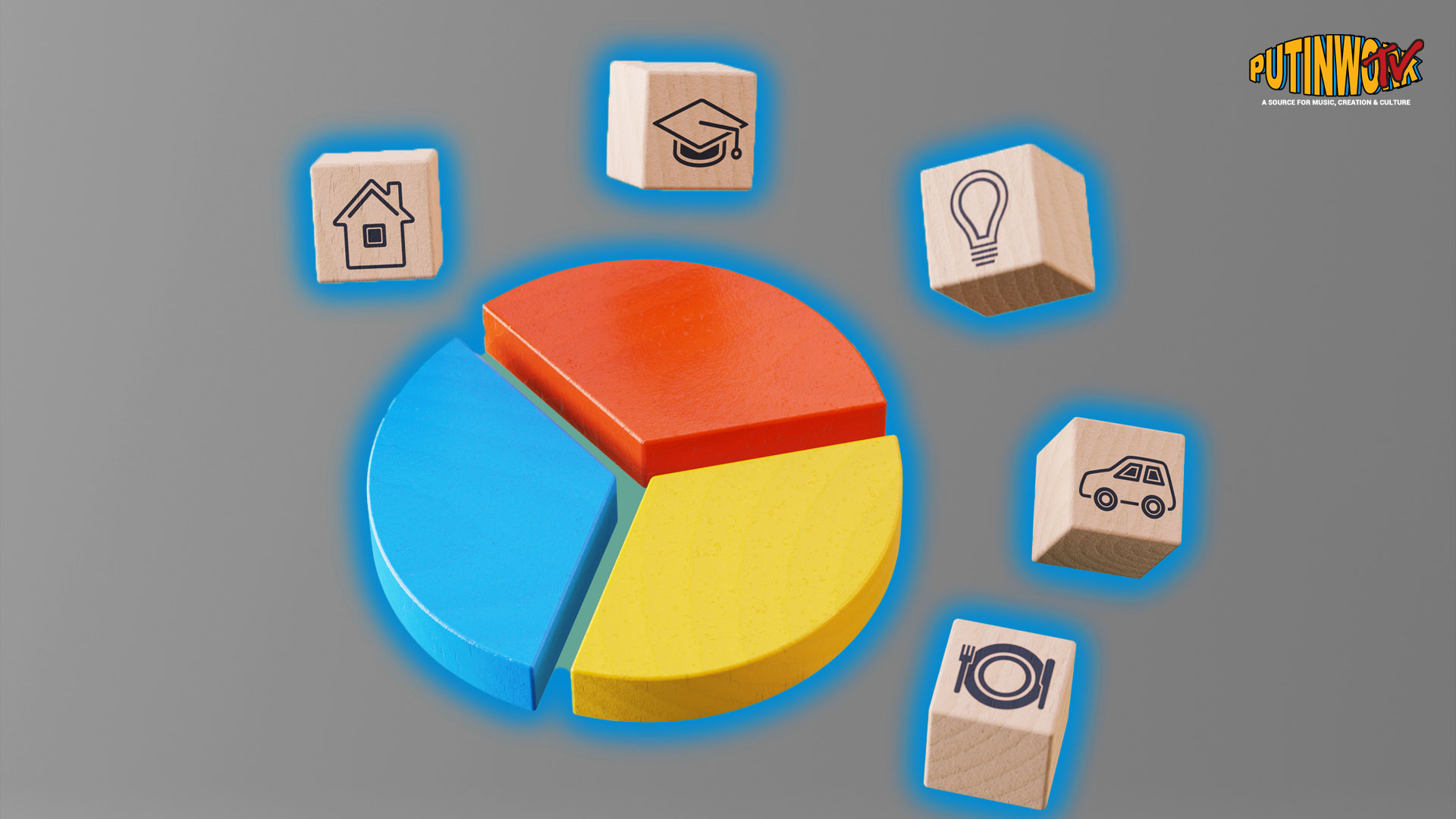You might be familiar with the 50/30/20 budget, which allocates 50% of your post-tax income for needs like rent or mortgage, 30% for wants such as dining out, and 20% for savings and debt repayment beyond the minimums. However, high inflation can make it challenging to keep spending on needs within 50% of your income.
“Over the last couple of years, we have seen pretty substantial inflation across most main spending categories. Housing prices, rent, interest rates and cost of basic goods have all increased dramatically,” noted Michelle Waymire, a certified financial planner and financial coach.
The 60/30/10 budget, though similar to the 50/30/20 method, might be more suitable for those who spend most of their income on essential needs or have a lower income.
What Is The 60/30/10 Budget?
In the 60/30/10 budget, you allocate 60% of your monthly take-home income for needs, 30% for wants, and 10% for savings.
“One commonality between the 50/30/20 and the 60/30/10 budgets is that they are starting points to provide a general allocation for your money,” Waymire said. “Neither of these guidelines are strict rules, as everyone’s situation is different.”
Another approach to the 60/30/10 budget involves dedicating 60% of your income to savings, which some higher-income individuals use to build generational wealth or retire early.
Pros And Cons Of The 60/30/10 Budget
“One major benefit of the 60/30/10 budget is that it allows more funds for non-negotiable items, providing flexibility needed in today’s economy,” said Julie Guntrip, head of financial wellness at Jenius Bank.
She also mentioned that the 60/30/10 budget could be suitable for people in their early 20s who are prioritizing initial life expenses like their first apartment or buying a car.
However, a downside is that allocating more to essential needs means less for savings.
“There are downsides to saving less. High-interest credit card debt becomes more costly the longer it takes to pay off, and for those without employer-supported retirement plans, a 10% savings allocation may not meet future goals,” Waymire said.
How To Implement The 60/30/10 Budget
Here are some tips to help you get started with the 60/30/10 budget:
1.Set Short and Long-Term Financial Goals
Clear financial goals can kick-start your budget and keep you motivated.
“Before starting any budget process, have short and long-term goals in mind, such as paying off debt, saving for a vacation, or building a down payment for a house,” Guntrip said. “Then, track expenses to understand your money flow.”
2.Track Your Spending
Knowing your income and expenses is crucial.
“Tracking actual money flows is important before establishing a budget, as it helps evaluate if spending and saving align with goals,” Guntrip said. “A budget grounded in reality is more useful.”
Use a spreadsheet or an expense-tracking app to monitor your spending.
- Focus on an Area of Improvement
To stick to the 60/30/10 budget, focus on categories where you tend to overspend.
“Most overspending happens in the 30% wants category,” Waymire said. “To stay on track, figure out what 30% of your income looks like in dollars per month and use a separate checking account with a different debit card for that spending.”
Using a separate card for wants can help maintain the 30% limit.
- Use Budgeting to Empower You
Think of budgeting as a way to take control of your finances.
“By being mindful about your spending, you can cut down on non-priority areas and free up money for what brings you joy,” Waymire said. “Without a budget, it’s challenging to ensure there’s money at the end of the month for your big goals and dreams.”
Be open to adjusting your budget as needed and regularly monitor your spending.














